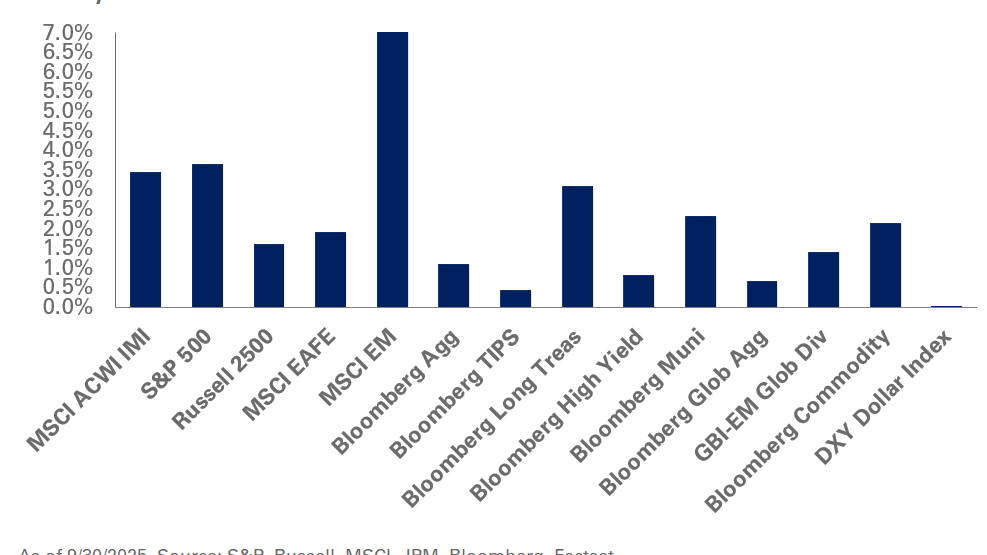Not long ago, viewing the investment world with a western-centric lens covered most of the global economy and the investable opportunities within. Not anymore. The greatest economic transformation of our time–China’s continuing transition from the world’s manufacturing hub to a powerhouse of innovation and technology–is forcing investors to zoom out and take a truly global perspective of their portfolio.
China is not only the world’s second-largest economy (currently on track to become the largest in the next 10-to-15 years), but also its most populous nation. Its vast, densely urban and tech-savvy masses with rising purchasing power are hungry for services and applications in healthcare, education and consumer goods, offering companies (and their investors) a chance at immense success even if they just thrive locally. While many of these investment opportunities are nearing saturation in China’s tier I cities—the country’s largest and most affluent cities, for instance, Shanghai and Beijing—we believe there is tremendous potential in investing in the early stages of private technology companies in tier II cities and below where the majority of the country’s urbanites reside.
Not content with merely bookish reports, NEPC professionals once again traveled to China this year to see and experience for ourselves the heavy hum of economic activity and the resulting investment opportunities. In our earlier trip in 2019, we spent a week in June in Shanghai and Beijing, meeting with 14 venture capitalists; in September, we did it again, this time meeting with nearly 20 managers.
Here are a few key takeaways from our most recent visit, covering our observations from our time in Shanghai and Beijing (and a remarkably bump-less ride on a high-speed train in between; fun fact: China has the world’s largest—and still expanding—high-speed rail network):
-
The Chinese Dream is Alive and Well
It was clear to us, from our conversations with venture-capital managers and the widespread preparations in Beijing to mark the 70th anniversary of the People’s Republic of China on October 1, that the country takes great pride in its economic achievements. For investors, China’s self-pride translates into a can-do spirit that continues to drive innovation and creativity. It has also led to the emergence of the next generation of technology entrepreneurs who are moving away from their predecessors’ penchant for merely duplicating Silicon Valley’s popular applications and business models. After a decade of these copycat innovations, investors and entrepreneurs are perceiving a need to do things differently, resulting in the creation of inimitable services that extend beyond consumer applications.
-
The Emerging Chinese Consumer
We believe the continuing evolution of the consumer remains a major force for growth in China. While further increases in GDP per capita will drive spending and changes in buying habits, we think more appealing opportunities for new companies and products lie outside of the major cities. Tier III, IV, and V cities are just beginning to emerge as major areas of focus for investors of venture capital. For instance, Chengdu, a tier II city and the capital of southwestern China’s Sichuan province, came up repeatedly in several of our conversations as a retail and leisure hub, most notably housing luxury retailer Louis Vuitton’s store with the most volume worldwide; we also heard that many companies have set their sights on Chengdu for their next store launch.
Personally, we could see the shifting tastes of the Chinese consumer in the sheer number of coffee shops in Shanghai and Beijing. While traditionally tea has been the beverage of choice, it was fascinating to see the deluge of chains like Starbucks, Costa Coffee, Peets, and even local Chinese start-up (and venture-backed) Luckin Coffee. Another fun fact: China’s coffee imports are expected to grow to 174 million kilogram bags in 2019-20, a 54% jump from five years ago, according to the USDA. Keep in mind that the United States, with one-fourth the population, imports over nine times as much coffee, underscoring China’s growth potential in just this one sector.
-
Business-to-Business: The Next Big Thing
While the Chinese consumer is currently driving the growth in the country’s venture-capital investments, many early-stage managers are beginning to evaluate an area that has seen robust funding and returns over the last decade in the United States: software startups focused on business applications, commonly known as Software as a Service or SaaS. While it’s still early days for these firms in China, SaaS startups, particularly those serving the needs of small- and medium-sized enterprises (SMEs), could be a compelling investment thesis. For one, there is a vast sea of SMEs in China, with some estimates putting their number at over 50 million. Two, the wide gaps in Chinese supply chains and business management, especially for SMEs that are relatively younger and less developed, underscoring the potential for outsized efficiency gains from adopting software tailored to meet their sector-specific needs. We will continue to explore the potential for investable opportunities in the SaaS space on our future trips.
-
Continued Expansion of Chinese Capital Markets
It is worth noting that capital markets are yet to catch up to the rapid expansion of China’s economy. Until relatively recently, international investors were limited to owning offshore Chinese companies, or those listed in Hong Kong and New York, with minimal exposure to mainland China. As a result, China’s Stock Connect and Bond Connect programs—that allow international and mainland Chinese investors to trade securities via Hong Kong—has been the catalyst for more significant foreign inflows. In addition, China’s recent inclusions into widely followed stock and debt index benchmarks are expected to draw substantial amount of capital into its onshore bond and equity markets and the yuan. We believe China is working hard to attract foreign investors and will likely continue its efforts to facilitate the flow of investment capital.
-
The Elephant (That’s Not) in the Room
Lastly, we would be remiss if we did not bring up the ongoing trade war between the United States and China. We were surprised by its lack of mention in our conversations with managers. In our nearly 20 meetings with investors, the trade dispute and its implications for the Chinese economy came up, at the most, two times, according to our back-of-the-envelope math. That is not to say that it is not a central issue for the world’s two largest economies; simply put, it is not an area of focus for investors looking at early-stage investment opportunities in private technology firms in China.
Our most recent trip only reinforced our belief that opportunities for US investors to allocate to China remain compelling and will only grow over time. We look forward to continuing our research, broadening our depth of knowledge across capital markets, sharing our insights and, most importantly, identifying actionable investment ideas for our clients’ portfolios.



